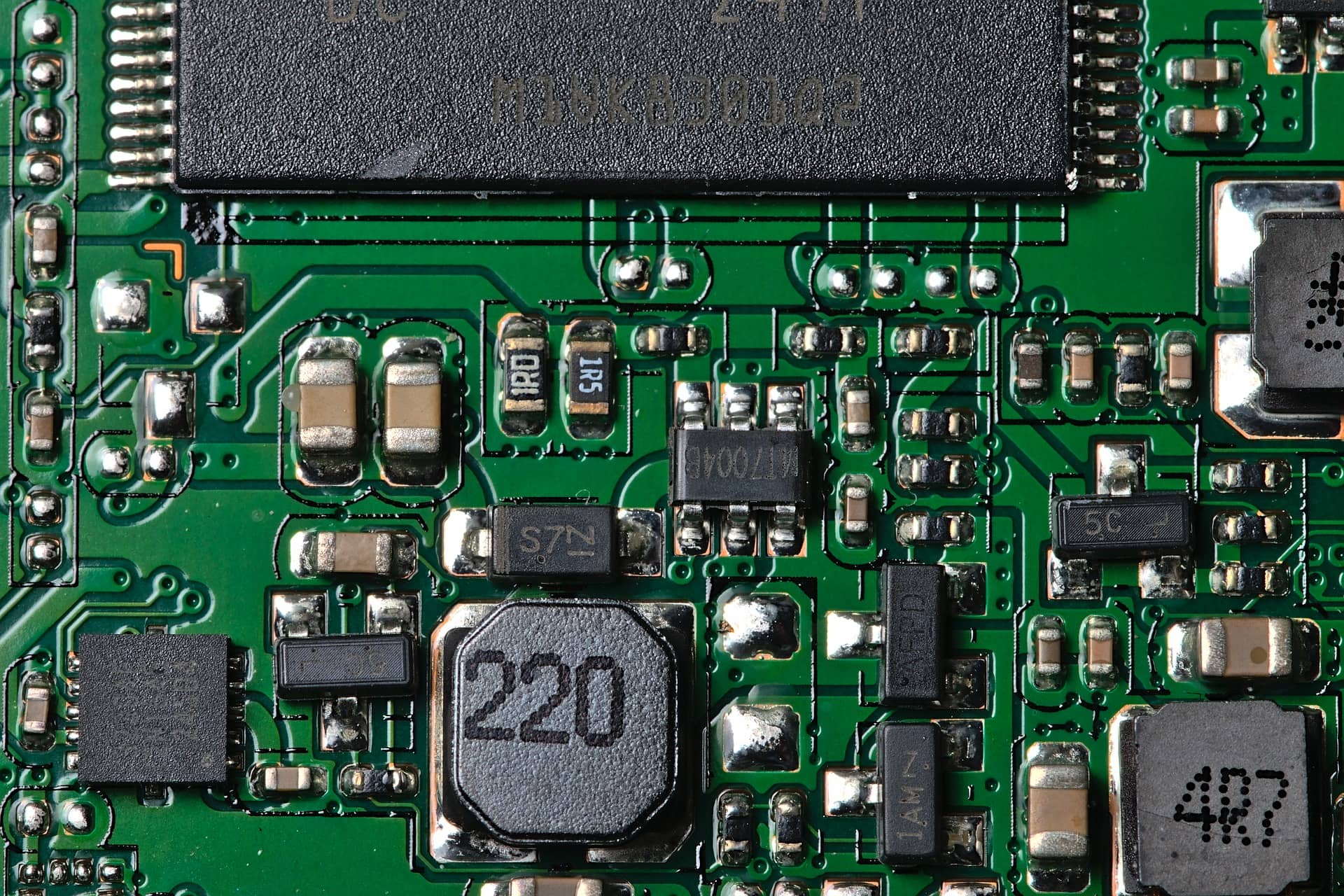What is Nickel (Element)?
Nickel is a very common element found in electronic waste. From circuit boards to capacitors, nickel is one of the most common elements found during the process of e-waste recycling.
Nickel is an essential element in terms of electronics, so it’s important we recycle it properly. Let’s go through nickel’s properties, how to tell if your e-waste contains nickel, and how you can best deal with nickel.
Facts About Nickel
Nickel is an element on the periodic table with the symbol “Ni.” It is a white-silvery color, but different alloys and compounds are often different colors. Nickel is heavy, but very ductile and malleable, meaning it can take the shape of many different objects, including wiring.
Nickel is found in many electronics because of its ability to conduct electricity and heat, as well as its ability to resist corrosion. For example, nickel conducts electricity almost as well as zinc or brass.
Since nickel has all of these advantages, it’s no surprise it’s found in so many different products. All of these factors make nickel a solid choice for many applications, including in:
- Wiring
- Batteries
- Electrodes
- Heat exchangers
- Alloys
- Nickel plating

Nickel and E-Waste
Nickel forms a considerable amount of e-waste because of the number of things that contain e-waste. Every time a phone charging cable or battery breaks, you could be dealing with nickel. That’s why it’s important to recycle all of your old electronics.
68% of all nickel in consumer products ends up being recycled, which is a good start. But currently, 17% of all nickel still makes it to the landfill. The remaining amount is either poor quality or enters into different recycling programs.
Since so many different products contain nickel, it’s in your interest to find the best way to dispose of them. All types of e-waste, including nickel-based products, are harmful to the environment, not to mention wasteful.
Nickel can impact human health in various ways, including nervous system or brain deterioration. Nickel can also have negative impacts on plant and animal life, although that is much less likely to occur outside of mining settings. Around landfills, nickel and other metals can accumulate, which causes major harm to the environment.
How to Recycle Nickel E-Waste
Finding the best way to dispose of your e-waste products containing nickel is one of the best ways consumers can reduce their impact on the environment. By recycling these products, we not only get a cleaner product but one that doesn’t require mining to acquire.
When it comes to recycling your nickel e-waste, the best way to ensure your nickel products get recycled is by using a reputable recycling agency. As R2 Recycling-certified e-waste specialists, Newtech Recycling uses the most up-to-date methods to ensure your e-waste gets recycled with care and respect towards the environment.
Newtech Recycling offers many e-waste services, including on-site pick-up, recycling services, and corporate packages for companies with large quantities of old electronics. If you or your company are thinking about upgrading your technology, don’t wait.
Contact Newtech Recycling to organize your e-waste recycling program today!
Related Terms: Aluminum, Alkaline Batteries, Circuit Board

